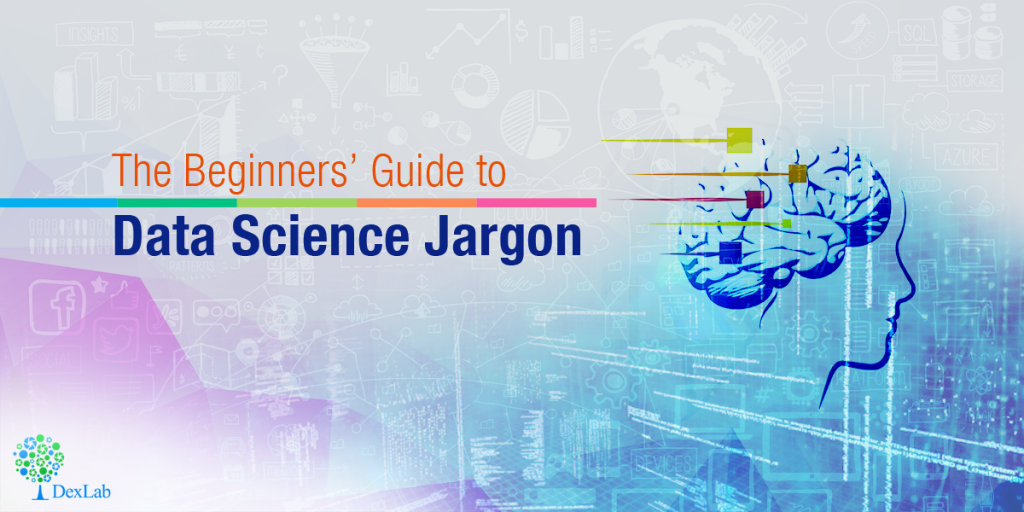Are you poised to join the ranks of c-suite data operatives working with the Big Word – Big Data? But before you set foot in the industry with the big players, you must train yourself how to talk the talk before you can walk the walk. Data science and analysis is a complex field as it is with mind-numbing numbers and lengthy algorithms and on top of that there is the jargon that is stranger than fiction in this field. So, to help you prepare your tongue right, here is our brief list of the most commonly used terminology in the data science industry. After you have the enlightenment of knowledge about these words, you will not need to be hesitant when hearing these words and silently think to yourself that, “This sounds data-related”.
Here is a list of data-related jargon to clear your doubts about from all over the Big Data spectrum:
Analytics: the process of drawing conclusions from raw information or data that is actionable. With the help of analysis raw data can be transformed into meaningful information that was otherwise useless to the company. The main emphasis of analytics remains on the inference rather than the systematic operations or even the software in use.
- Predictive Analysis: after analysing the events that happened in the future and the historical data of a company or organization and then being able to make probable predictions about the company’s future. This may also involve proposing counteractive plans and strategies to prevent an incoming disaster or loss.
- Descriptive Analysis: narrowing down or in other words boiling down huge numbers into small pieces of usable information. Instead of listing a lot of numbers and complex details these use a general narrative and thrust in the report.
Prescriptive Analysis: this is the course of action that analytics personnel propose after landing upon a definite approach after days of analysis on a problem. Data is turned into actions and real world problems find solutions with the right decisions.
Algorithms: the mathematical formulas statistical procedures used to analyse data by analytical personnel. These are usually used in software processes and analyze any data that have been input.
Cloud: this is not the same stuff that the weather report talks about when speaking of an overcast day. But that being said, this cloud is also basically everywhere. This is the process of storing or accessing data, files and software over the World Wide Web, instead of the old system of hard drive storage.
R: maybe not a very descriptive name for a programming language but nevertheless, this is a very commonly used programming language used in data science that uses statistical computing. This is also one of the easiest and most popularly used languages in data science.
SAS: Statistical Analysis System is a software suite developed by the SAS institute and is also a very commonly used data analysis language. It was developed in the North Carolina State University.
Machine Learning: a method considered equivalent to machine wizardry where data analysis is automated by teaching machines to use models, algorithms and other processes for analytics.
Hadoop: better known as Apache Hadoop which is an open source software framework, it principally works by storing files and processing data, which is why it is still mostly used as a data warehousing system.
IoT: this is a proposed system wherein devices will be able to talk to each other. This is like a network of objects like, your phone, car, and smart wearables etc. which are embedded with network connectivity. The best examples are driverless vehicles.
These were the most commonly used data analytics jargon; for more such news and articles about data analytics stay hooked to daily uploads from Dexlab Analytics, creating an easier world with data backed decisions.
Interested in a career in Data Analyst?
To learn more about Data Analyst with Advanced excel course – Enrol Now.
To learn more about Data Analyst with R Course – Enrol Now.
To learn more about Big Data Course – Enrol Now.To learn more about Machine Learning Using Python and Spark – Enrol Now.
To learn more about Data Analyst with SAS Course – Enrol Now.
To learn more about Data Analyst with Apache Spark Course – Enrol Now.
To learn more about Data Analyst with Market Risk Analytics and Modelling Course – Enrol Now.


Comments are closed here.